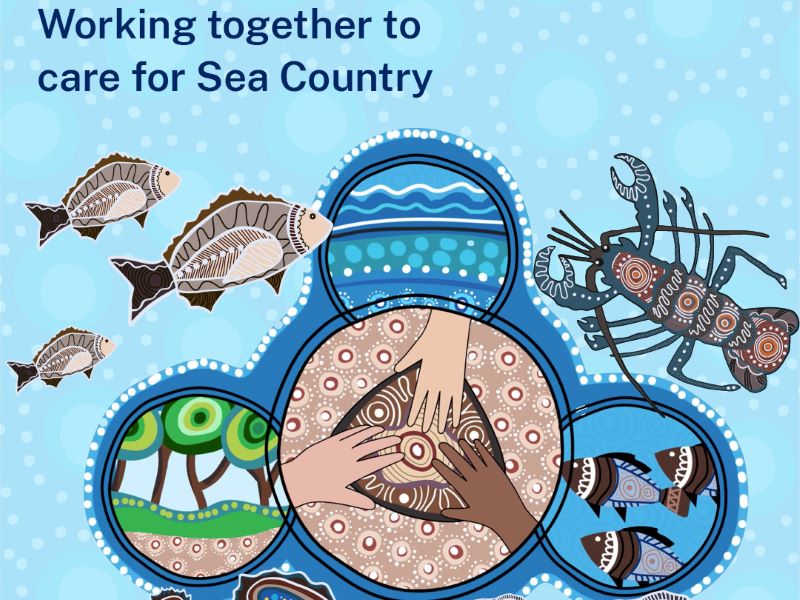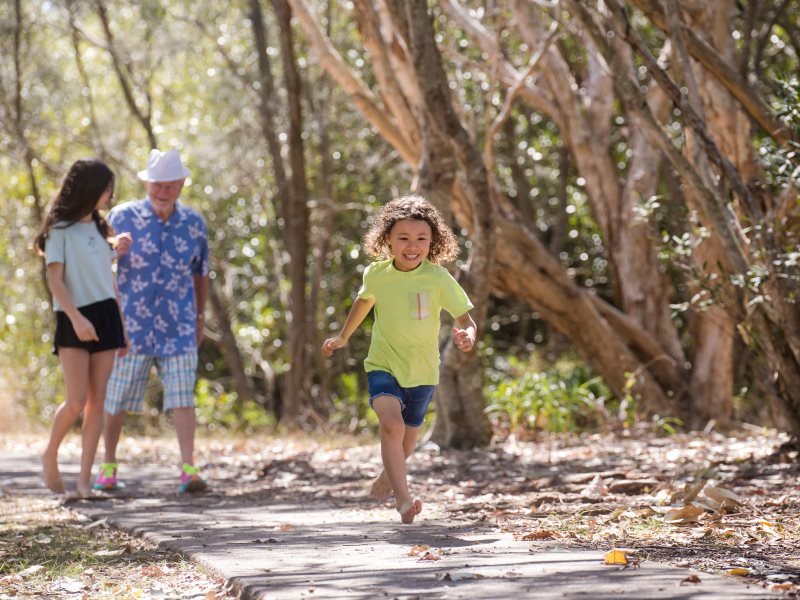Latest news
Survey reveals what Sea Country means to Aboriginal Peoples
The recent Connection to Sea Country – Aboriginal Peoples of Coastal NSW survey has confirmed the crucial significance of Sea Country to cultural connections, and the social and emotional wellbeing of Aboriginal Peoples.

Anchors ahoy: New Port Kembla anchorages will protect seafloor life
A world leading approach to the anchoring of ships has been introduced in Port Kembla to protect the marine life of the region’s rocky reefs.

Supporting future marine champions
Are you a NSW primary school educator? If so, we’d love to see you at one of two webinars we’re hosting to support you to implement the NSW Marine Estate Agents Program, at your school.
